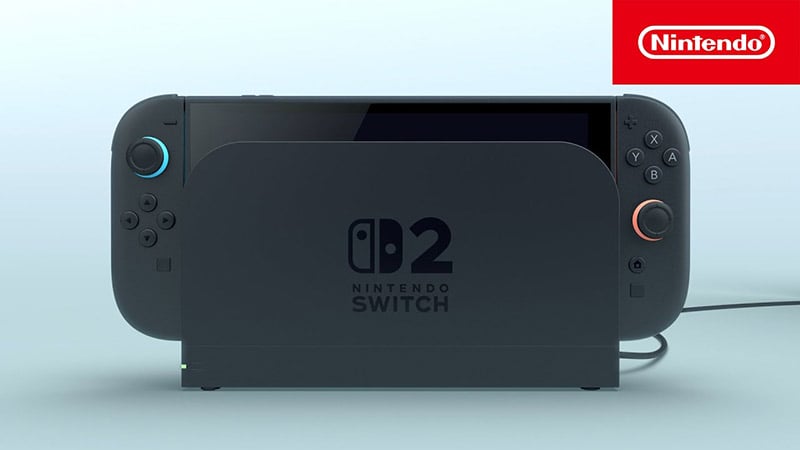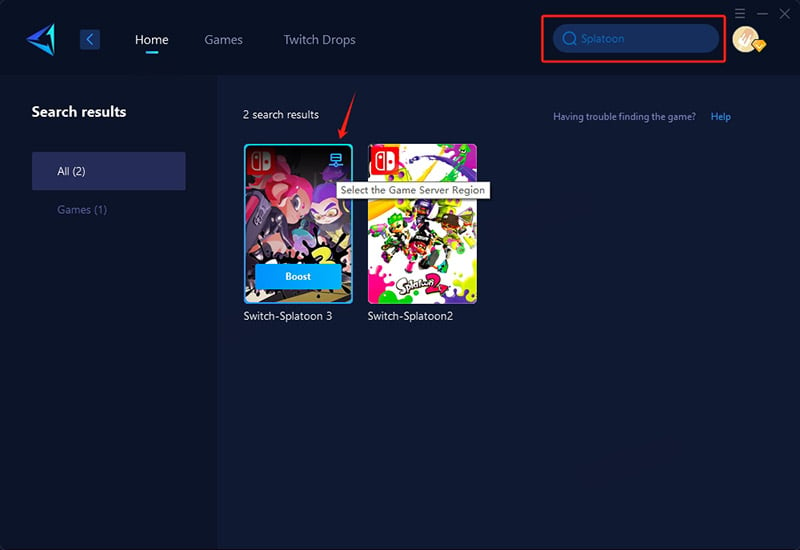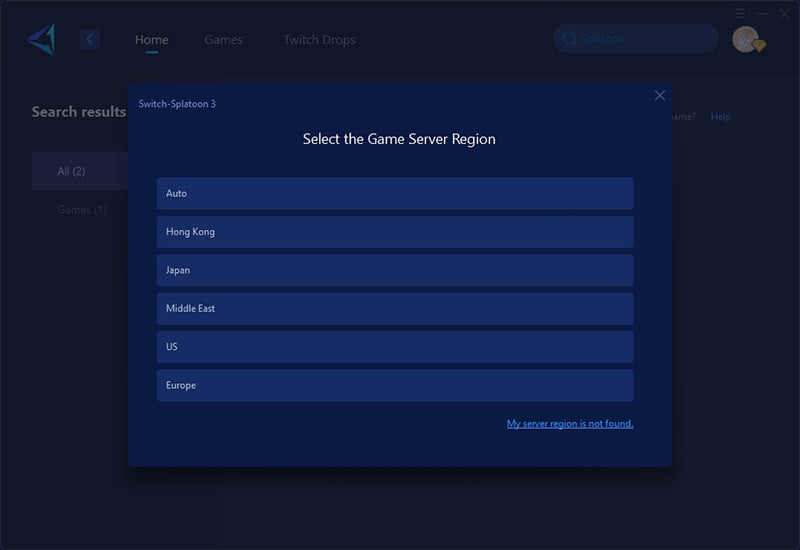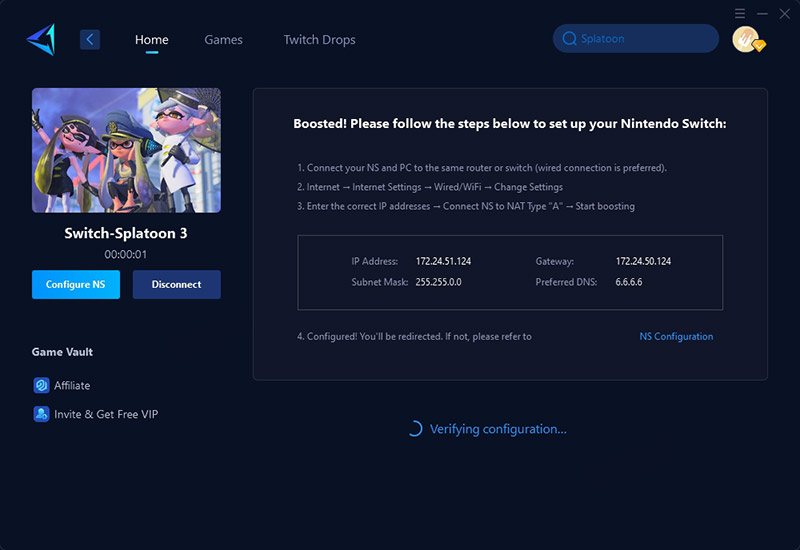Nintendo Switch 2 Japanese Version vs. International Version: What's the Difference
Nintendo Switch 2 has been announced a few days ago and people around the world get start to pre-order it from April.9th. Another thing is this new machine really is not cheap; the cost of it is $449. Also, Nintendo has officially announced the release of two versions of its upcoming Nintendo Switch 2: the Japanese Version (Nintendo Switch 2 Japanese Edition - Japan Only) and the International (Multilingual) Version. For gamers eager to import the console or make a purchase decision, understanding the differences between these two models is essential.

Key Differences Between the Two Versions
While both versions share the same hardware performance, design, and bundled content, the primary differences lie in language settings and account compatibility:
- Language Support: The Japanese version only supports Japanese as the system language, while the international version allows users to choose from 16 different languages, including English, French, Spanish, and Chinese.
- Nintendo Account Compatibility: The Japanese version can only be linked to Nintendo accounts set to the Japan region. This restriction affects access to various features such as:
- Game chat
- Nintendo eShop
- Game updates and news
- Online services like Nintendo Switch Online
- Friend lists and multiplayer features
In contrast, the international version supports Nintendo accounts from all global regions, offering full access to all online and digital services regardless of location.
1. eShop Access and Game Availability
On the Japanese version, you can only access the Japanese Nintendo eShop. Downloading games or content from other regions (like the US or EU eShop) is not supported. The international version, however, gives you the flexibility to access your local eShop and purchase games in your region’s currency.
2. Usage Overseas
Nintendo has stated that neither version is guaranteed to function properly outside their designated regions, so gamers looking to use the Japanese version abroad may encounter unexpected limitations.
3. Copy right problem in the future
As the same before with the first generation of Nintendo Switch, the different version can have copy right issues. For example, there are certain songs and games are only available on certain versions. If you really like Japanese songs and looking forward to some Japanese companies'production, you should definitely get the Japanese version. Otherwise, the international version is the best choice, so you won't lose access to other productions around the world.

Is It Worth Getting the Japanese Version?
If you live in Japan, the Japanese version may be a cost-effective choice. However, for gamers outside of Japan or those who prefer multilingual options and global account compatibility, the international version is highly recommended.
Bonus Tip: Optimize Your Online Experience with GearUP Booster
Whether you're gaming on a current Switch or preparing for the Nintendo Switch 2, online connectivity will continue to play a major role. You don't want to have some unable to log in issues or keep getting disconnected while you are gaming. Especially if you plan to play multiplayer titles like Mario Kart, Splatoon, or Elden ring, if it joins the platform.
GearUP Booster is the game VPN to ensure your online gaming sessions are smooth, lag-free, and responsive. The company has deployed 7500+ speeding up nodes around the world to make sure users can get best service no matter where they are. The booster reduces ping and latency by finding the fastest routes to Nintendo servers, stabilizes your network traffic to prevent packet loss, and bypasses ISP throttling by rerouting data through optimized paths for consistent high-speed performance. With easy one-click optimization, GearUP Booster requires no complicated setup—just launch it and play.
Step 1: Download GearUP Booster with this button.
Step 2: Use the search function in the top right corner to search the game, for example, Splatoon.

Step 3: Select the server you want to connect to and click to boost.

Step 4: Follow the instructions on the boost interface to configure the corresponding network settings on your Nintendo Switch 2.





